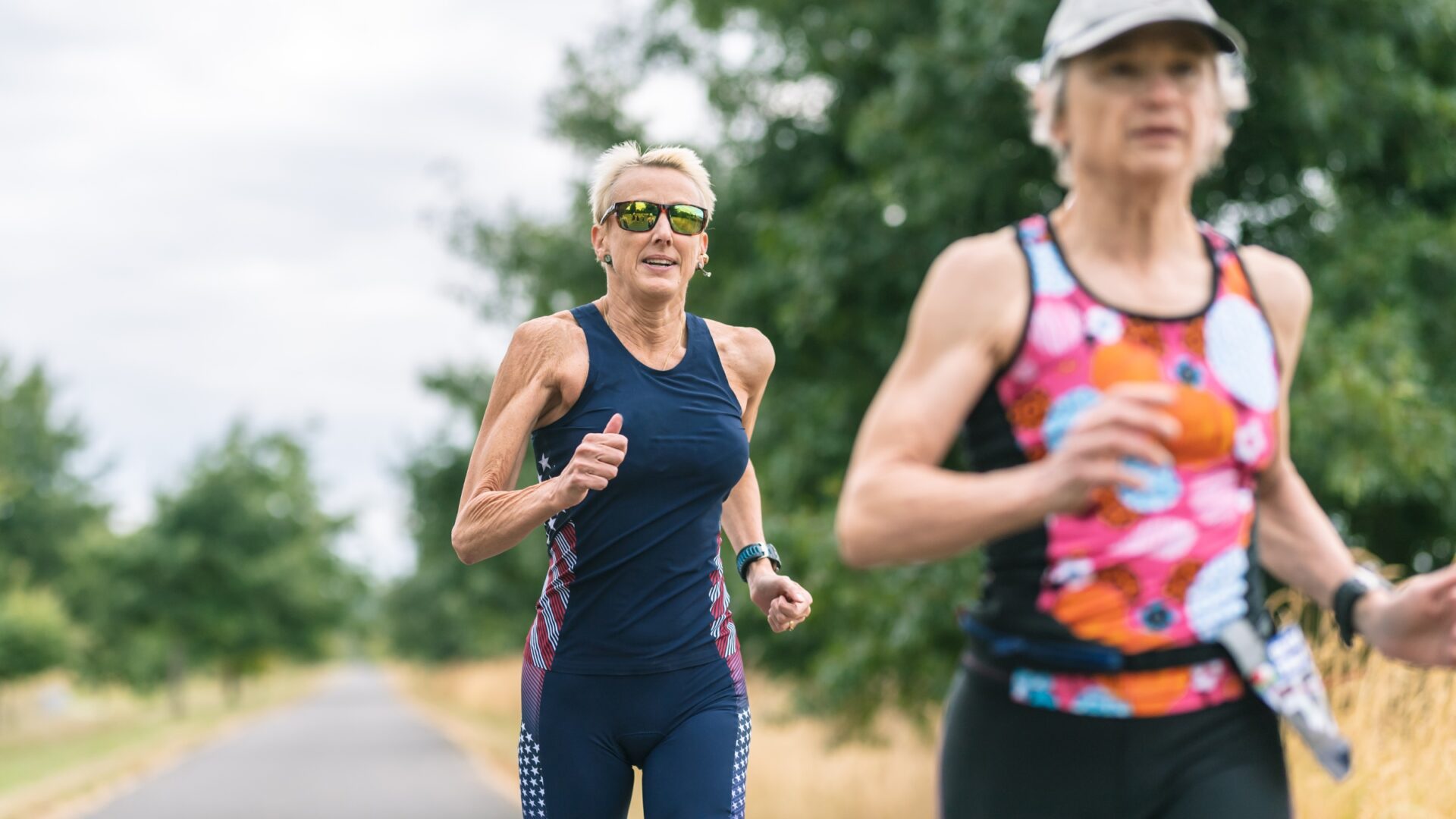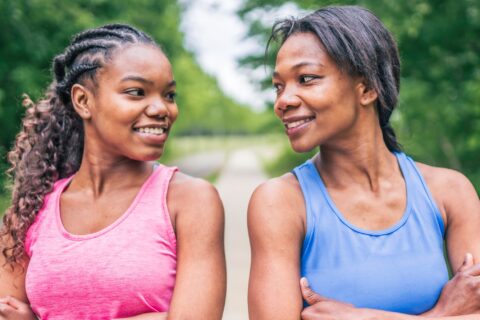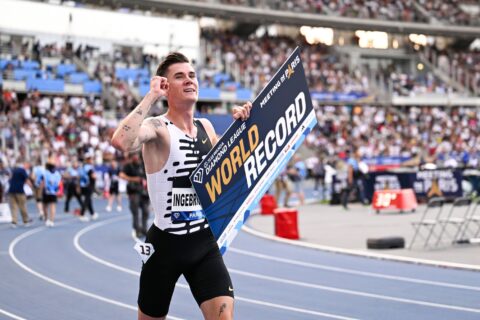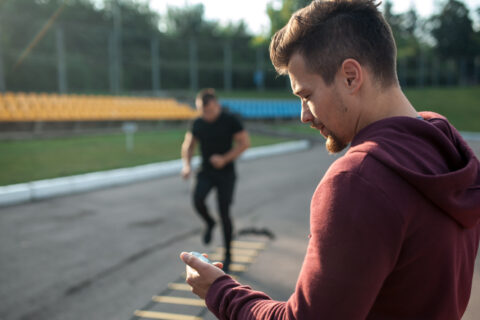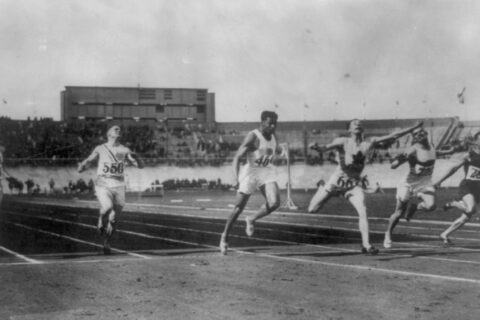As you and your athletes age up, don’t become resigned to accepting an inevitable and precipitous decline in performance. Masters mountain bike legend Ned Overend points out that much of the decline brought on by aging can be addressed by smarter training.
1. Incorporate strength training
This may very well be the most important tip for aging endurance athletes. Most of the effects of aging—a drop in VO2max and efficiency, the loss of anerobic power, and the prevalence of overuse injuries—point to the fact that masters athletes are not spending enough time in the gym. In addition to showing up, masters athletes need to lift heavier weights—approximately 75 to 85% of their one-repetition max, which means proper form is critical. Make sure you or your athlete is working with a certified trainer.
RELATED: Fast Talk Labs’ Strength Training Series
2. Include neuromuscular work
In a 2012 study that showed greater gains in older athletes with strength training, subjects only lifted for three weeks, which is not enough time to build muscle mass. The improvements these athletes experienced were due to neurological adaptations. Consequently, neuromuscular training, such as cadence work, big gear work, and short sprints for cyclists, may be able to produce some of the same gains for masters athletes. Neuromuscular training will certainly help motor unit health.
3. Do more high intensity and a little less volume
At the age of 53, Overend did a physiological test and produced a VO2max that would make most young aspiring pros envious. He attributes his ability to maintain this top end by focusing more on high-intensity training over volume as he aged. Many are surprised to hear he only trains 10 to 12 hours per week. However, since masters athletes need more time to feel recovered from a hard workout, it’s even more important for masters to limit themselves to two or three high-intensity sessions per week.
4. Make time for recovery
Overend attributes part of his longevity to the importance he places on recovery. He regularly takes a week off the bike during the season to rest. He also learned early on to make his hard days hard and to really back down on the other days. He recognizes the value of a relaxed recovery ride.
5. Keep momentum and consistency
“These athletes who are still doing really well; they’ve been consistent” says Dr. Jason Glowney, a sports medicine physician at Boulder Biologics. “That’s probably the secret to staying fit for a long period of time.” Overend agrees, emphasizing the importance of momentum. He finds it is far harder for older athletes to re-establish their fitness if they take too much time off due to injury or get too far out of shape in the winter.
6. Crosstrain in the off-season
Because staying fit and avoiding overuse injuries is critical for masters athletes, skiing or snowshoeing in the off-season is a great way to crosstrain while taking some time away from the sport. Living in the Colorado mountains, Overend mostly skis in the winter. He doesn’t win any cycling races in March, but finds he stays motivated and healthy throughout the year.
7. Focus on self-preservation
Staying healthy makes a big difference in maintaining fitness and momentum according to Overend, who has been fortunate to avoid major injuries, particularly those incurred by crashing. Despite being a world champion mountain biker, Overend has no issue with swallowing his pride and letting the younger guys wait for him at the bottom of technical descents. Longevity is more rewarding than a “throwdown.”
8. Get a regular blood test to maintain health
With masters athletes, Glowney will regularly check ferritin levels, which are critical to oxygen delivery, and vitamin D, which is important for fast-twitch muscle health.
9. Don’t race younger athletes in short events with fast accelerations
Unfortunately, there is some inevitability with age and it can be most apparent in a sprint or an attempt to go full gas off the line. Perhaps the best solution is to avoid racing younger athletes in events like short track, sprint triathlon, and criterium races.
10. Don’t listen to the “kids”
There’s no one who understands aging less than an athlete in their early 20s. Show up to the local group ride or trail run and you’ll probably get a lot of “I can’t believe you’re 50!” . . . or whatever age you are. People who haven’t experienced aging like to tell you what you can’t do—don’t listen because they don’t know.

